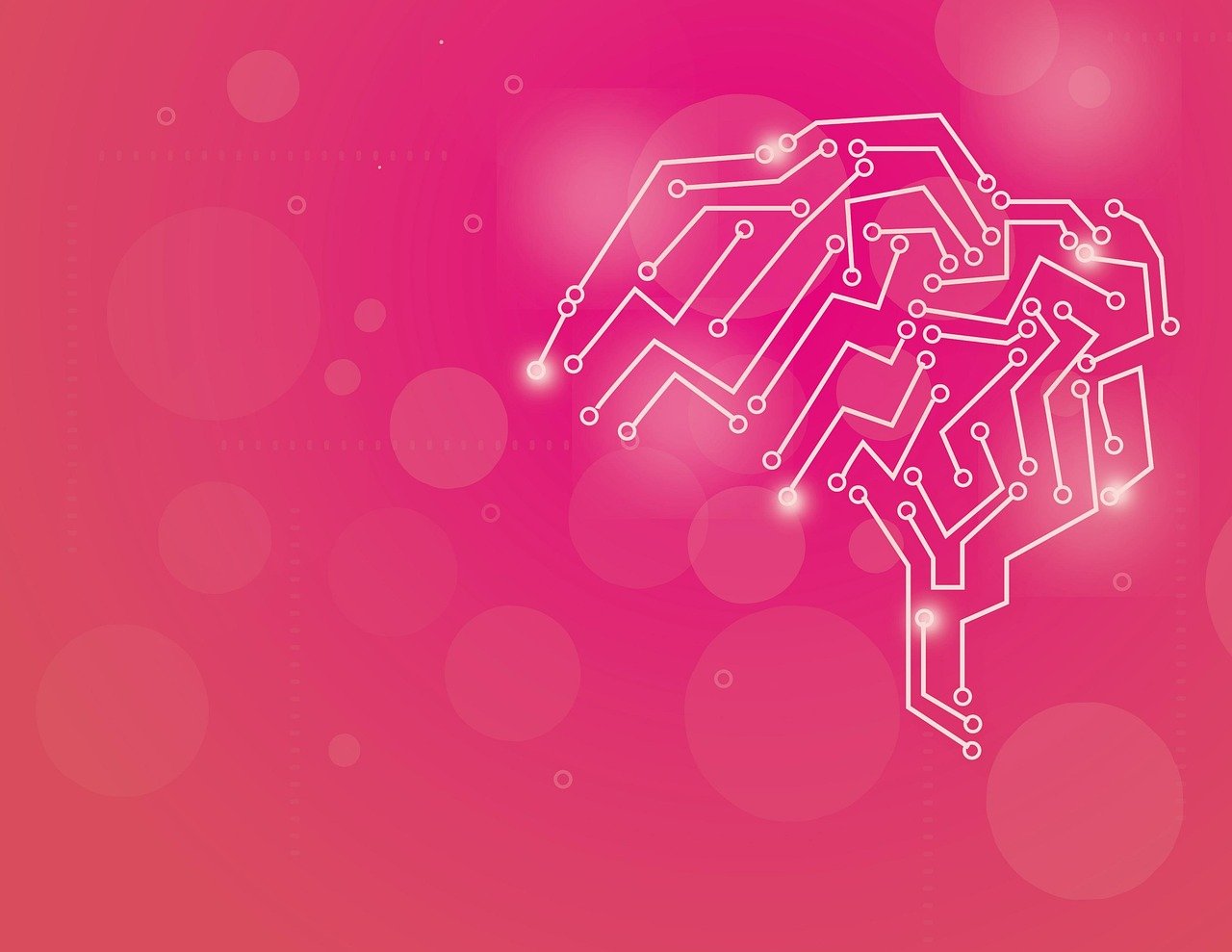The rise of Artificial Intelligence (AI) is no longer a futuristic prediction; it’s a present-day reality transforming industries and reshaping the way we live and work. Businesses across the globe are realizing the immense potential of AI to optimize processes, enhance customer experiences, and drive innovation. This blog post will delve into the core aspects of AI transformation, providing practical insights and actionable strategies for businesses looking to harness its power.
Understanding AI Transformation
What is AI Transformation?
AI transformation refers to the fundamental shift in an organization’s strategy, operations, and culture, driven by the integration of Artificial Intelligence technologies. It’s more than just implementing a few AI tools; it involves a complete reimagining of how work is done, how decisions are made, and how the organization interacts with its customers and the wider world.
- It’s a strategic imperative to stay competitive in an increasingly AI-driven world.
- Requires a commitment to data-driven decision-making.
- Encompasses a cultural shift towards embracing innovation and experimentation.
Why is AI Transformation Important?
In today’s rapidly evolving business landscape, AI transformation is becoming increasingly crucial for survival and growth. Companies that embrace AI are better positioned to:
- Improve Efficiency: Automate repetitive tasks, freeing up employees to focus on higher-value activities.
- Enhance Customer Experience: Provide personalized recommendations, faster service, and proactive support.
- Drive Innovation: Identify new opportunities, develop innovative products and services, and gain a competitive edge.
- Reduce Costs: Optimize processes, minimize waste, and improve resource allocation.
- Gain Deeper Insights: Analyze vast amounts of data to identify trends, patterns, and opportunities.
According to a recent McKinsey report, AI technologies could contribute up to $13 trillion to the global economy by 2030, highlighting the immense economic potential of AI transformation.
Key Components of a Successful AI Transformation
Data Strategy & Infrastructure
A robust data strategy is the bedrock of any successful AI transformation. Organizations need to:
- Gather and Clean Data: Implement systems and processes to collect high-quality data from various sources. Data cleaning and pre-processing are crucial for AI model accuracy.
- Ensure Data Accessibility: Establish a centralized data repository or data lake to make data readily available to AI models and analytics tools.
- Prioritize Data Governance: Implement policies and procedures to ensure data security, privacy, and compliance with relevant regulations. Consider using tools for data lineage and data cataloging.
- Example: A retail company implemented a data lake to consolidate customer data from online sales, in-store purchases, and marketing campaigns. This enabled them to build AI models that predict customer churn and personalize marketing offers, resulting in a 15% increase in customer retention.
Choosing the Right AI Technologies
Selecting the right AI technologies is crucial for achieving desired business outcomes. Consider these options:
- Machine Learning (ML): For predictive analytics, pattern recognition, and automation. Example: fraud detection in banking.
- Natural Language Processing (NLP): For understanding and processing human language. Example: chatbots for customer service.
- Computer Vision: For analyzing images and videos. Example: quality control in manufacturing.
- Robotic Process Automation (RPA): For automating repetitive tasks. Example: processing invoices in finance.
It’s important to align the chosen technologies with specific business needs and goals. Avoid adopting AI for AI’s sake.
Talent & Skills Development
AI transformation requires a skilled workforce capable of developing, deploying, and managing AI systems. Organizations should invest in:
- Hiring AI Talent: Recruit data scientists, AI engineers, and other specialists with expertise in relevant AI technologies.
- Upskilling Existing Employees: Provide training programs to upskill existing employees in AI-related skills, such as data analysis, machine learning, and AI ethics.
- Foster a Culture of Learning: Encourage employees to experiment with AI and share their knowledge and insights.
- Practical Tip: Partner with universities or online learning platforms to offer specialized AI training programs to your employees.
Implementing AI Transformation: A Step-by-Step Guide
Define Clear Objectives & KPIs
Before embarking on AI transformation, it’s essential to define clear objectives and Key Performance Indicators (KPIs). Ask yourself:
- What specific business problems are you trying to solve?
- What are the desired outcomes of AI implementation?
- How will you measure the success of your AI initiatives?
- Example: A manufacturing company set a goal to reduce production defects by 20% using AI-powered quality control. They defined KPIs such as defect rate, production uptime, and cost savings.
Start with Pilot Projects
Begin with small-scale pilot projects to test and validate AI solutions before scaling them across the organization. This allows you to:
- Gain experience with AI technologies.
- Identify potential challenges and risks.
- Demonstrate the value of AI to stakeholders.
- Example: A logistics company implemented a pilot project to optimize delivery routes using AI. The project demonstrated a 15% reduction in fuel consumption and a 10% improvement in delivery times, leading to wider adoption of the AI solution.
Iterate and Scale
Once the pilot projects have proven successful, gradually iterate and scale the AI solutions across the organization. This involves:
- Integrating AI into existing workflows and systems.
- Training employees on how to use AI tools.
- Monitoring and optimizing AI performance.
Remember that AI transformation is an ongoing process. Continuously evaluate your AI initiatives and adapt your strategy as needed.
Overcoming Challenges in AI Transformation
Data Silos and Quality
Breaking down data silos and ensuring data quality are critical challenges. Solutions include:
- Data Integration: Implement data integration tools and processes to consolidate data from different sources.
- Data Governance: Establish data governance policies to ensure data quality and consistency.
- Data Cleansing: Invest in data cleansing tools and techniques to remove errors and inconsistencies.
Lack of AI Talent
The shortage of skilled AI professionals is a significant barrier. To address this:
- Internal Training: Invest in training programs to upskill existing employees.
- Partnerships: Collaborate with universities and research institutions.
- Recruitment: Actively recruit AI talent from diverse backgrounds.
Ethical Considerations
AI raises important ethical considerations. It is crucial to:
- Ensure Fairness: Develop AI models that are free from bias and discrimination.
- Promote Transparency: Make AI decision-making processes transparent and explainable.
- Protect Privacy: Implement data privacy measures to protect sensitive information.
Conclusion
AI transformation is a complex but essential journey for organizations seeking to thrive in the modern business landscape. By understanding the key components, following a step-by-step implementation guide, and addressing potential challenges, businesses can successfully harness the power of AI to achieve their strategic goals and drive innovation. Remember to focus on data, talent, and ethics to ensure a responsible and effective AI transformation.



